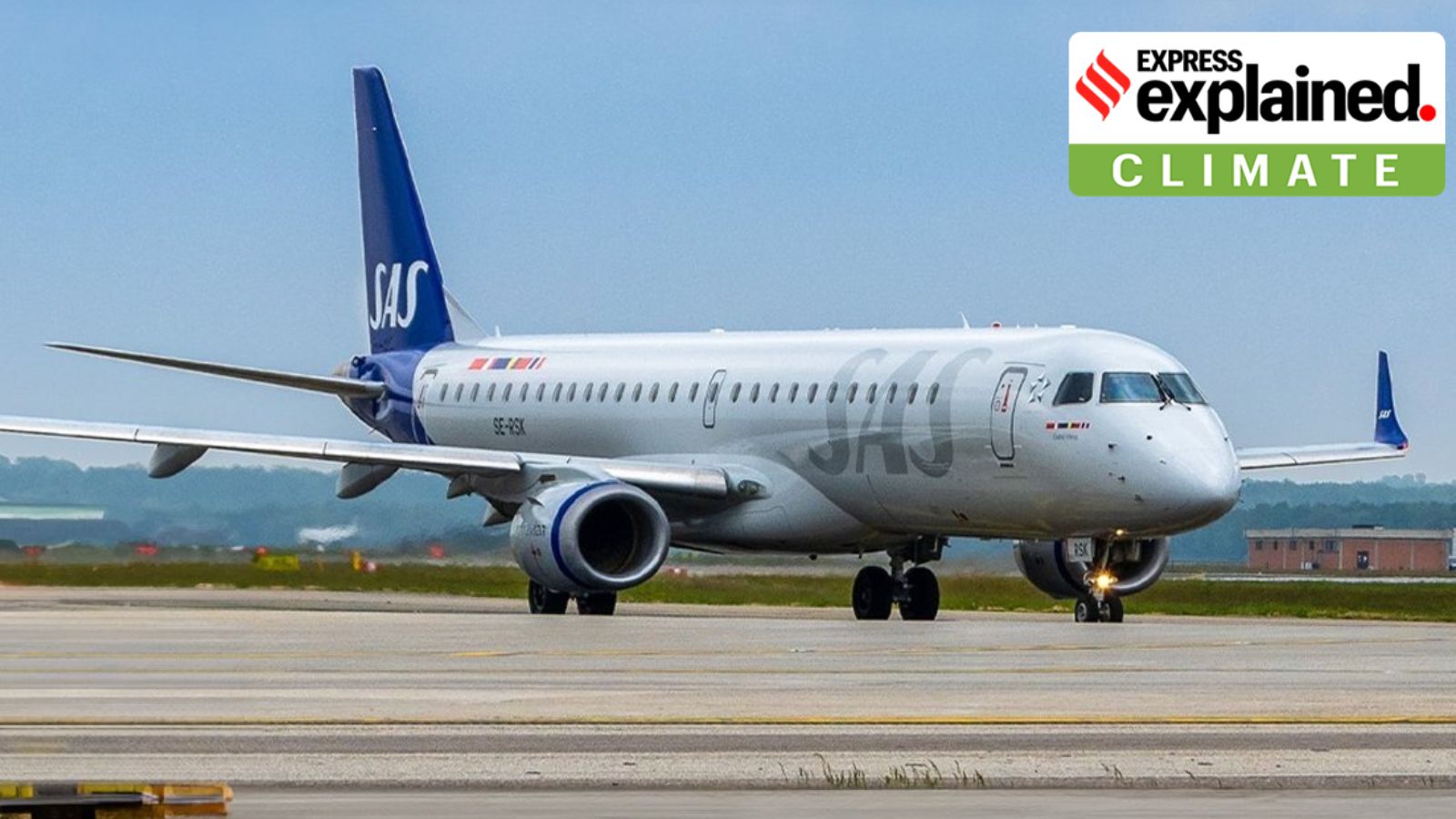A Miami-bound Scandinavian Airlines flight was forced to return to Europe on Thursday (November 14) after experiencing extreme turbulence over Greenland.
The plane took off from Stockholm, Sweden, at noon on Thursday and was scheduled to land in Miami at 5.45 pm local time. Carrying 254 passengers, the aircraft landed after 11 pm in Copenhagen, Denmark, after over 10 hours in the air.
More visuals from the cabin ! SAS – Scandinavian Airlines Airbus A330-343 aircraft (LN-RKS) from Stockholm Arlanda Airport (ARN) to Miami (MIA) diverted to Copenhagen Airport, Kastrup due to severe turbulence mid-air.
🎥aftonbladet #aircraft #aviation #safety pic.twitter.com/wVoissE2Gc
— FL360aero (@fl360aero) November 15, 2024
According to CNN, no severe injuries were reported among passengers or crew on flight SK957. In an official statement, the airline said that passengers were met by a “special assistance team” upon arrival in Copenhagen where they were “assisted with rebooking”.
According to the airline, the decision to return to Europe was based on the Miami International Airport lacking adequate facilities to conduct an inspection on the cause. Notably, incidents of severe turbulence are also becoming increasingly frequent due to climate change. Here is why turbulence happens and passengers should keep in mind when faced with such a situation.
What happens when an aircraft encounters turbulence?
As a bare concept, turbulence means disruption of airflow over the wings of an aeroplane, which causes it to enter an irregular vertical motion. There are at least seven different kinds of turbulence that an aircraft can face:
WIND SHEAR: Occurs when there is a sudden change in wind direction, whether vertically or horizontally. Typically occurs close to thunderstorms, jet streams, etc.; tricky for pilots as tailwinds suddenly change to headwinds or vice versa.
FRONTAL: Created in the frontal zone when warm air is lifted by a sloping frontal surface and friction between opposing air masses. Most palpable when warm air is moist; intensity increases with thunderstorms. Most commonly close to thunderstorms.
CONVECTIVE: When land surface temperature rises, the air above the ground heats up and rises, creating air pockets around it. Convection currents cause difficulties during approach as they tend to affect the rate of descent.
WAKE: Forms behind an aircraft when it flies through air-creating wingtip vortices. These can be dangerous for small aircraft following bigger ones, which tend to disrupt the airflow more strongly in their wake.
MECHANICAL: This type of turbulence occurs when tall solid objects such as mountains or highrise constructions disrupt the normal airflow, causing the air for planes to fly through to become dirty.
CLEAR AIR: Occurs when an aircraft crosses from one air mass to another, which has a different direction. Clear air turbulence could also happen when an aircraft moves out of a jet stream. Clear air turbulence is mainly caused by wind or jet streams.
MOUNTAIN WAVE: One of the most severe; these are oscillations that form on the downwind side of mountains when strong winds flow towards mountains in a perpendicular fashion. Aircraft tracking perpendicularly across, or downwind of a mountain, may experience a sudden loss of altitude followed by a sudden reduction in airspeed.
Are all turbulence incidents dangerous?
It depends on the nature and intensity of the turbulence. Aircraft face some form of turbulence on a regular basis, and pilots are trained to deal with these disturbances.
However, there have been several instances of turbulence bringing down modern jetliners. But in these cases, while intense turbulence has been the main cause of an accident, several other contributory factors — such as lack of proper training, poor dissemination of weather- or wind-related information — have contributed to the accident.
What must passengers do when an aircraft encounters turbulence?
According to the US Federal Aviation Administration (FAA), “passengers can easiley prevent injuries from unexpected turbulence by keeping their seat belt buckled at all times”.
It suggests passengers listen to instructions from flight eattendants; pay attention to the safety briefing at the beginning of the flight; wear a seat belt at all times; use an approved child safety seat or device if a child is under two; and adhere to carry-on restrictions.
How can airlines avoid turbulence?
The FAA recommends that carriers improve dispatch procedures by keeping communication channels open full-time; include turbulence in weather briefings; promote real-time information sharing between pilot and dispatcher; reinforce the carrier’s turbulence avoidance policy through dispatcher training; consider rerouting using atmospheric modelling, and data displays; and use all applicable weather data.
It also suggests using operating procedures and training to prevent turbulence injuries, emphasising the importance of flight attendant’s personal safety, promoting communication and coordination, and gathering data and reviewing the air carrier’s history of turbulence encounters and injuries.
This is an updated version of an explainer published in 2021.



